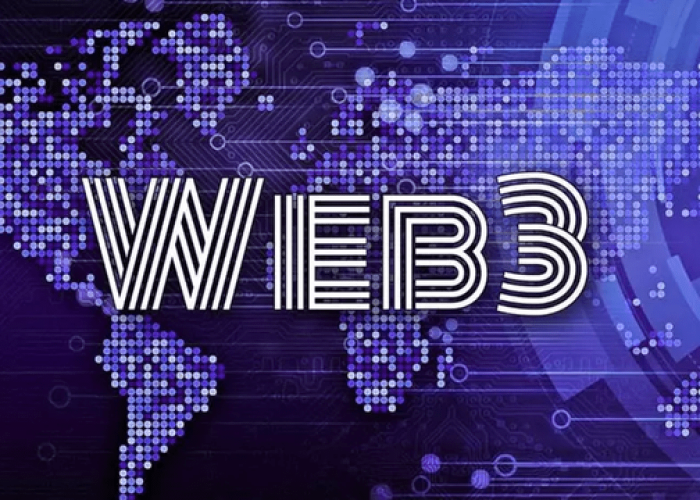The economy in play-to-earn games is typically based on blockchain technology and cryptocurrency tokens. Here’s a general overview of how the economy works in these games:
In-Game Tokens: Play-to-earn games usually have their native tokens, often built on blockchain platforms like Ethereum or Binance Smart Chain. These tokens serve as the primary currency within the game’s ecosystem. Players can earn or purchase these tokens through gameplay or by investing in the game.
Token Utility: In-game tokens have various utilities within the game. They can be used to purchase virtual assets, such as weapons, armor, or unique items, which can enhance gameplay or provide cosmetic value. Tokens may also be used for trading between players or to participate in special events and challenges.
Earning Opportunities: The “play-to-earn” concept implies that players can earn tokens by actively participating in the game. Different games have different mechanisms for token distribution. Players may earn tokens by completing quests, defeating opponents, achieving high scores, contributing to the game’s ecosystem, or through other in-game activities. The more time and effort players invest, the more tokens they can potentially earn.
Token Value and Exchanges: The value of in-game tokens can fluctuate based on supply and demand dynamics within the game’s economy. Some play-to-earn games allow players to exchange their earned tokens for other cryptocurrencies or traditional fiat currencies through decentralized exchanges (DEXs) or centralized exchanges (CEXs). This provides an avenue for players to convert their in-game earnings into real-world value.
Token Staking and Governance: Some play-to-earn games offer additional opportunities to earn rewards by staking or locking up their tokens. Staking tokens can provide passive income in the form of interest or dividends. Additionally, players may have the ability to participate in the governance of the game’s ecosystem by holding and voting with their tokens.
Secondary Market: Play-to-earn games often have a secondary market where players can trade in-game assets and tokens with other players. This secondary market allows players to buy or sell virtual assets, creating a player-driven economy outside of the game’s core mechanics. Some players may even generate additional income by trading rare or valuable in-game items.












No Comment! Be the first one.